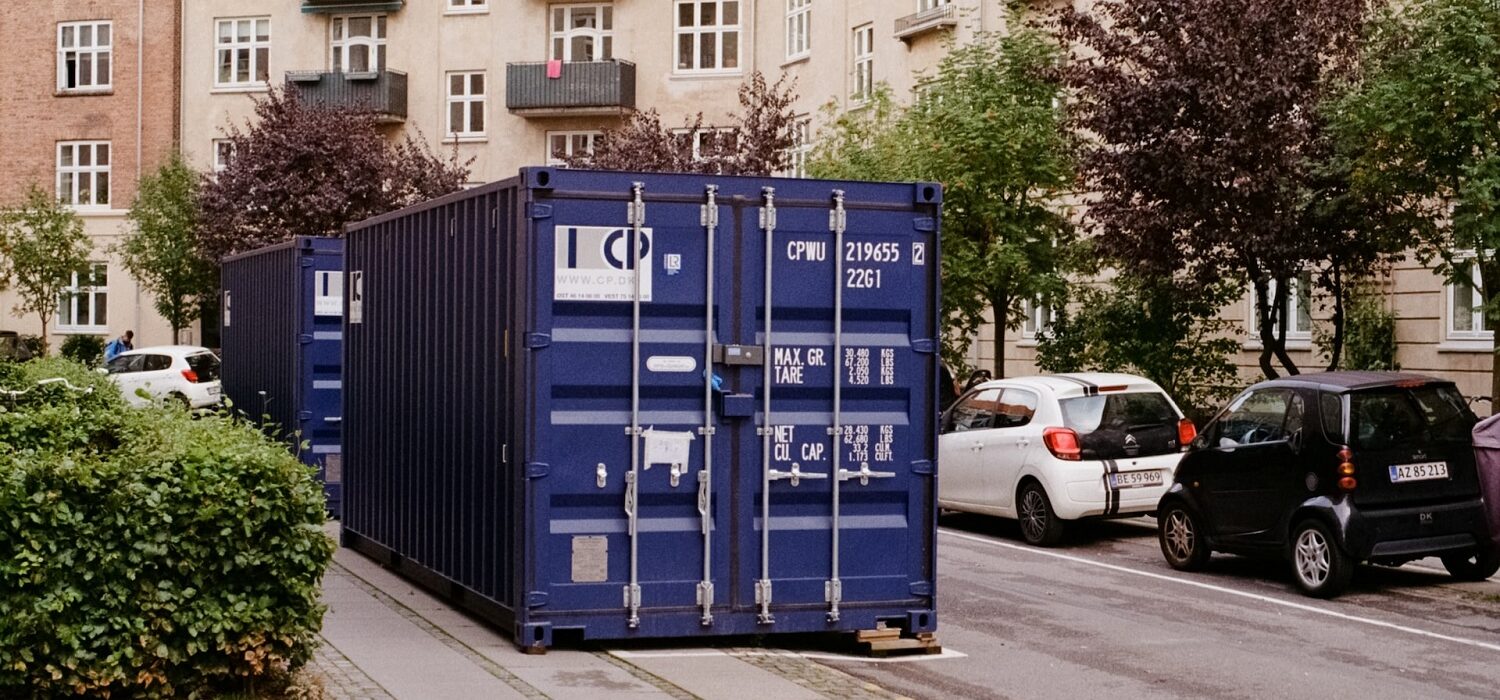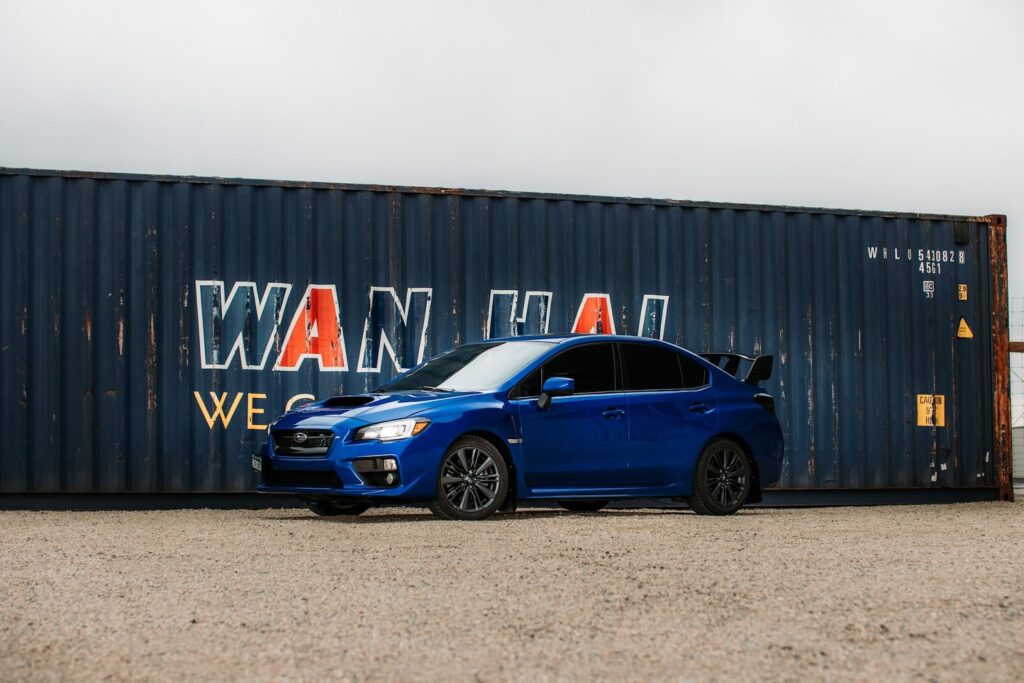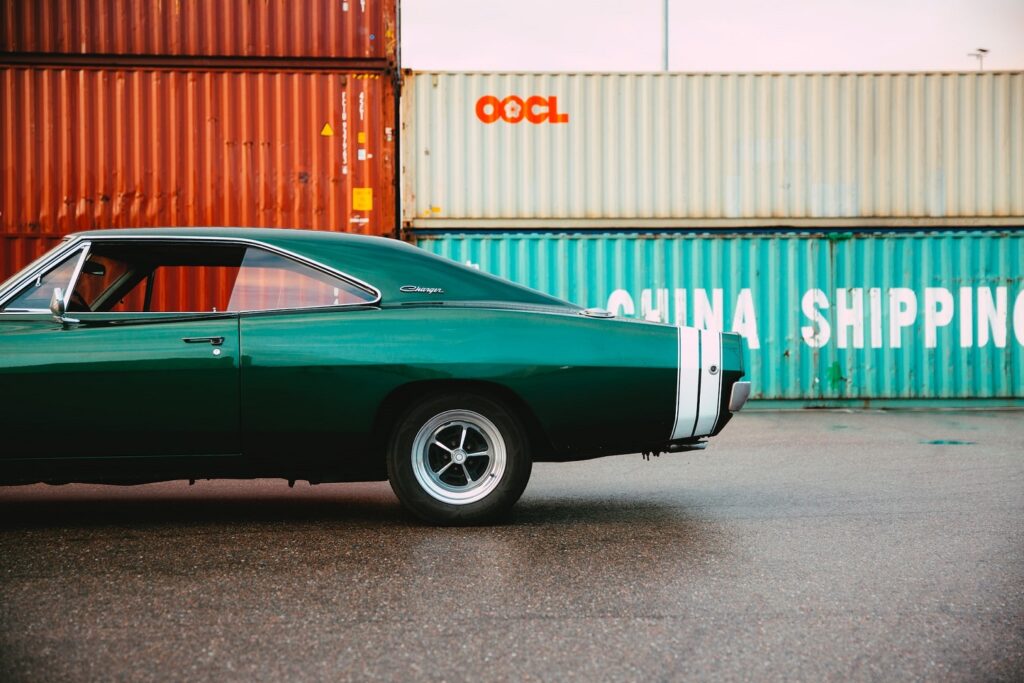A Detailed Guide on Working of Car Shipping Container

Recently, the vehicle shipping industry has undergone major changes, making overseas delivery swifter and safer. By virtue of technological advancements made in each aspect of the logistics industry’s life cycle, it has come a long way. Integrating multiple complex equipments, specialty-designed cargo-bearing ships and trucks, and real-time tracking systems has considerably reduced time and cost while increasing efficiency and precision.
However, if we have to pick one proven revolutionary item, it won’t be anything from this list we have mentioned. It will definitely be a car shipping container. Except for bulk commodities, they can literally move everything, thereby significantly minimizing the cost of handling. Car carriers are containers that are employed for moving cars by road or rail. It is also used for shipping by sea too.
The logistics industry keeps car shipping pricing affordable, so getting multiple quotes for free and choosing the suitable option is easy. However, understanding how the car is loaded into a container is a crucial part of the entire shipping process. It is because the consolidation is still one of the most cost-effective options in ocean freight.
So let us start addressing the common questions related to container car shipping.
How Do Car Shipping Containers Work?
While international shipping of cars is done without garage space or via ocean freight, car shipping containers are considered ideal. With these containers, there is a particular process to load your vehicle and prepare it for transport.
Typically, the car is placed inside a steel container with the help of a racking system and then secured with safety equipment like ratchet straps. Unlike Ro-Ro or air freight service, the car stays protected inside the mental container for the entire journey.

What are the Container Sizes?
As container shipping is used worldwide, companies use a certain size of containers for car shipping. Below is a table that lists the different sizes of containers:
| Container Type | Interior Dimensions | Door Opening | How many cars fit in a shipping container? |
| 20’ Standard | 19’5”L x 7’8”W x 7’9½”H | 7’6”W x 7’5½” | Regular Sedan |
| 40’ Standard | 39’6½”L x 7’8”W x 7’9½”H | 7’6”W x 7’5½” | 2 Regular Sedans and 2 SUVs |
| 40’ High Cube | 39’6½”L x 7’8½W x 8’9½”H | 7’8”W x 8’5¾” | Larger Vehicles like pickup trucks, vans, RV or 6 standard-sized Sedans |
When you have opted for container shipping, there are different consolidation options. If there is a luxurious vehicle relocation, you can also rent an entire 20′ container for just one vehicle.
What Types of Vehicles can be Shipped?
The capacity of containers facilitates shipping every type of RV, SUV, motorcycle, sedan, pickup truck etc. The above-made table is proof of this. However, having said that, there is a set limit to shipping these oversized vehicles, as some exceed the above-mentioned dimensions.
While you can consider RoRo transportation in case of cheaper options, it is better to choose container shipping in case of high-end, latest, vintage, or luxurious cars to ensure additional vehicle safety.
Inoperable vehicles can also be shipped through a container as long as they are steering, rolling, and have working brakes.
What are the Pros of Container Shipping?
Flexibility
Containers can handle large varieties of goods ranging from food products to huge machinery. On platform containers or flatbeds, you can easily transport out-of-gauge cargo. Thus, container shipping offers a lot of flexibility.
Ease of Management
When compared with other methods of transporting goods like Less-than Container Loads, managing container cargo or Full Container Load is a lot easier. As shipping containers are indivisible units, each having a distinct identification number, it is quite easy to track and trace the shipment during transit. For cargo verification, various parties like the shipper, receiver, ports, and customs authorities use the number.
Speed of Transportation
Thanks to the bigger and stronger cargo ships and the latest container handling equipment, transshipment times have decreased significantly. Besides, quick loading and unloading have also become swift at modern warehouses and ports.
Economies of Scale
When it comes to the pricing associated with transporting goods, doing it via containers is considered 20 to 25 times less than the cost of transporting the same goods as loose bulk. Therefore, container shipping has significantly reduced the transport price.
Economies of scale play a big role here as it is leveraged by companies producing or dealing in bulk goods.
Durability
Based on the application, a shipping container remains durable for 10 to 25 years. Even after they have been condemned, they are often used for storage.
Safety and Security
Shipping Containers are safe and secure as these heavy-duty boxes are walled on all five sides except one end. This is where the double doors are located. Featuring double lock rods each, they are used for locking and sealing the container, making it safe and tamper-proof.
What are the Cons of Container Shipping?
Space Constraints
Typically, containers, regardless of whether or not they are carrying any cargo, will take up a lot of space. Therefore, it becomes necessary for terminals to have sufficient space in order to accommodate the containers that are coming and going. In addition, terminals need to have enough stacking space to accommodate containers coming in and out of it.
Infrastructure Costs
The cost of the latest dockside gantry cranes and other terminal equipment is literally quite a lot. Moreover, based on technological advances, all the leading terminals and ports must keep with them, adding to the overall costs.
Container Management Failure
Management of containerized cargo depends on the timely receipt and processing of information. An effective terminal management software ensures effective management of all the information necessary for a terminal’s successful running. Cutting corners here can have disastrous consequences.
Re-Positioning of Empty Containers
Containers that come in with cargo is unloaded and eventually moved to the designated stack for empty containers at their destination. Shipping companies need their empty containers to be available where there is demand. Hence, empties (empty containers) must be relocated in a timely manner to the desired locations
Smuggling
Smuggling of contraband such as arms, drugs, and even human trafficking happens through containers. Typically, customs authorities the world over inspect containers at random. However, it is possible that contraband can sometimes slip through.
Other reasons that prompt the authorities to inspect certain containers are tip-offs, irregular documentation, suspicious patterns of shipping goods, etc.

What are the Factors that Decide the Cost of Shipping a Car?
Transport costs for car shipping containers depend on the following factors:
Vehicle Size
For storage and shipment, an oversize car will demand large and expensive container sizes, such as the 45-foot-high cube dry container
Type of Vehicle
Due to higher cargo insurance, classic, vintage, or exotic car owners are charged more for shipping.
Time of Year
During peak months like summer or early January, the cost of shipping cars increases.
Location
If your location is difficult to reach, like a rural area, you have to pay more for scheduling a pickup or delivery
Shipping Time
In case of delayed car shipment, you must pay for the mileage coveted during the transport.
How Much does it Cost to Transport a Car Overseas or Domestically?
Often, people wonder how much it cost to transport a car overseas, and due to the availability of so many services, they cannot get an exact quote. For standard ocean transport, shipping a personal vehicle internationally can cost somewhere between $400 – $5,000.
Final Words
Car shipping containers are considered one of the safest shipping methods internationally. Their steel shells do not prevent outdoor elements from damaging your vehicle during transit. However, they maximize protection during overseas trips as longer distance tends to cause accidental damage.
Although car shipping containers can be heavy on your pocket, they are one of the safest and most effective shipping options that you can find.
FAQs
Are Shipping Containers Secure?
Yes, the shipping containers are secured. Therefore, you don’t have to worry about the contents of the shipping container being stolen or damaged.
What Sizes Are Available?
Shipping containers come in sizes 10-foot, 20-foot, and 40-foot.
• The exterior dimensions of the 10-foot shipping container are 10’L x 8’W x 8’6″ H.
• The exterior dimensions of the 20-foot shipping container are 20’L x 8’W x 8’6″ H.
• The exterior dimensions of the 40-foot shipping container are 40’L x 8’w x 8’6″ H.
How much will it cost?
This will vary between companies, but it is always better to ask for a full breakdown of costs. Typically, shipping a personal vehicle internationally can cost somewhere between $400 – $5,000.
Other blog posts you might like
May 22, 2024
Methods of Payment – AFL

Feb 8, 2023
 +1 (908) 436-2150
+1 (908) 436-2150
